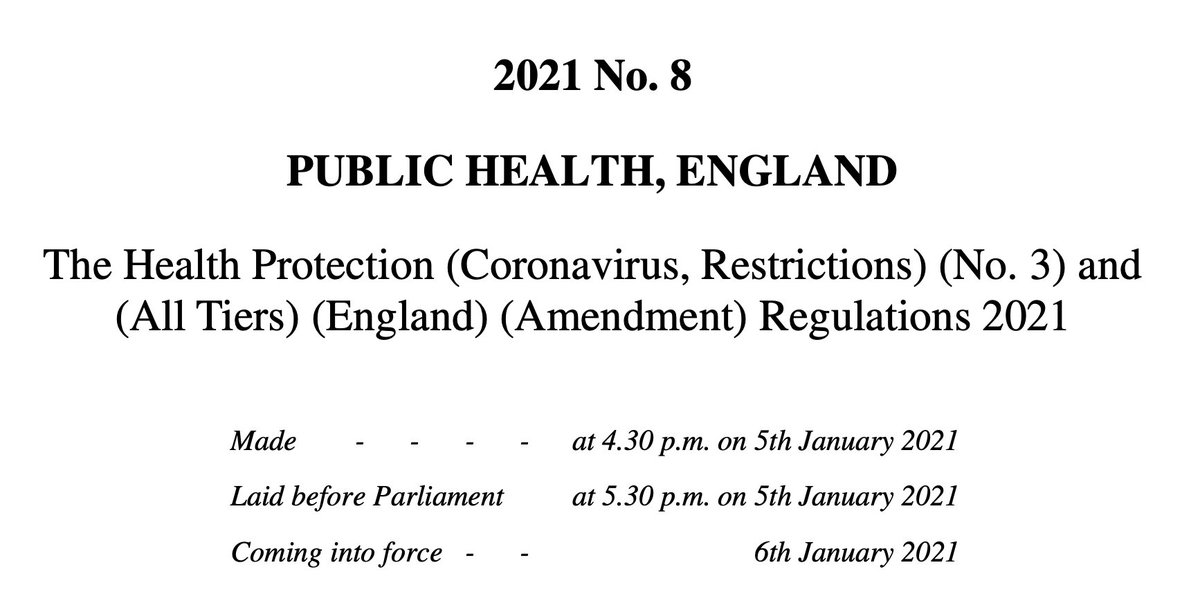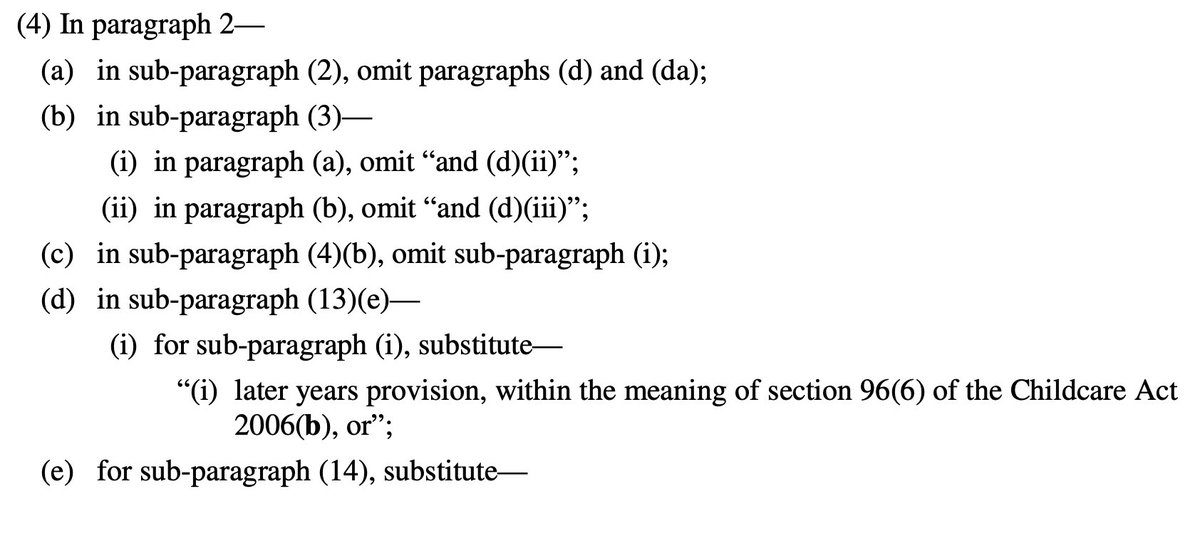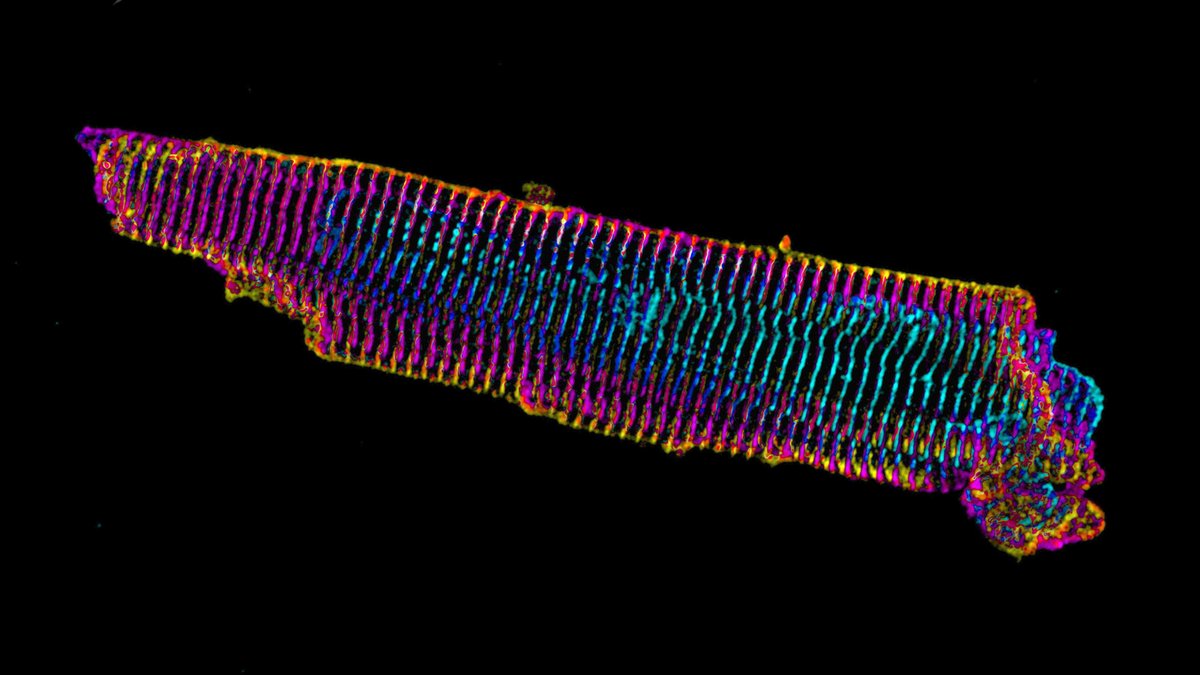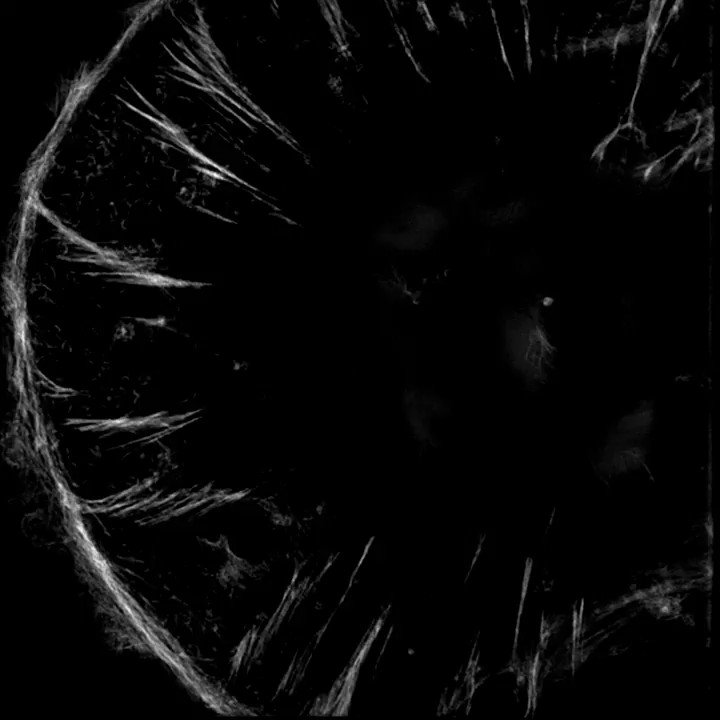#DRASTIC wrote about this and about other oddities in the official story:
https://t.co/1iJOJz9LYj
@gumby4christ
The miners were tasked with removing bat feces. AFAIK it hasn't been established why they were doing this. Given that EcoHealth was collecting bat fecal samples in the same province around the same time, is it possible these miners were actually collecting guano for EcoHealth?
— The Great Gumbino (@gumby4christ) February 15, 2021
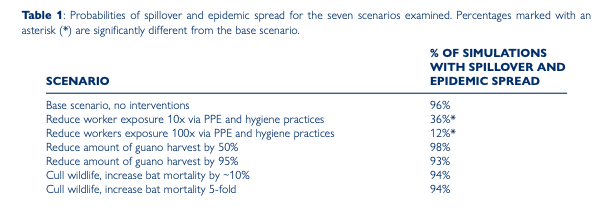
On the recent paper describing new SARS2-like viruses in Thailand, the big takeaways for me:
— Alina Chan (@Ayjchan) February 11, 2021
The closest relatives to SARS2 are still from inside China whether you count it by genome, RdRp, or Spike RBD.
The ones from Thailand don't use human ACE2.https://t.co/qMR9ZCQRrP
